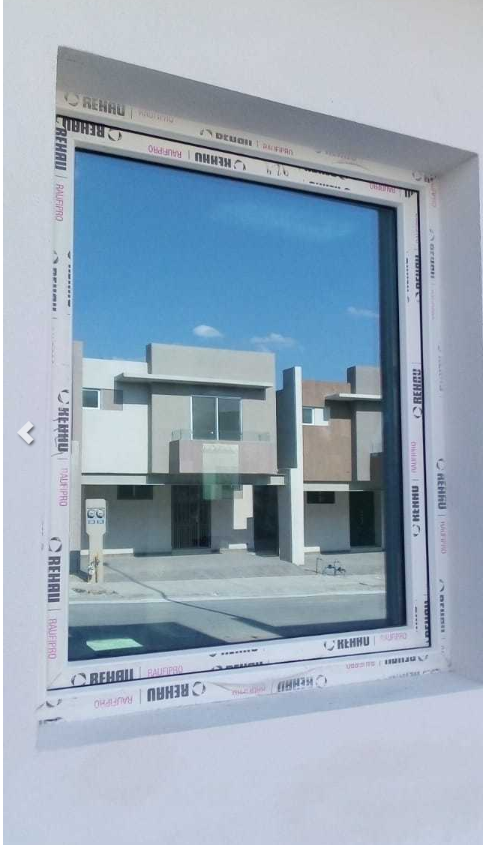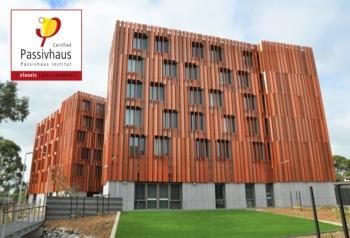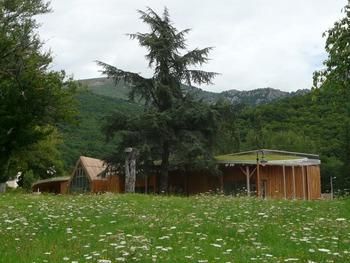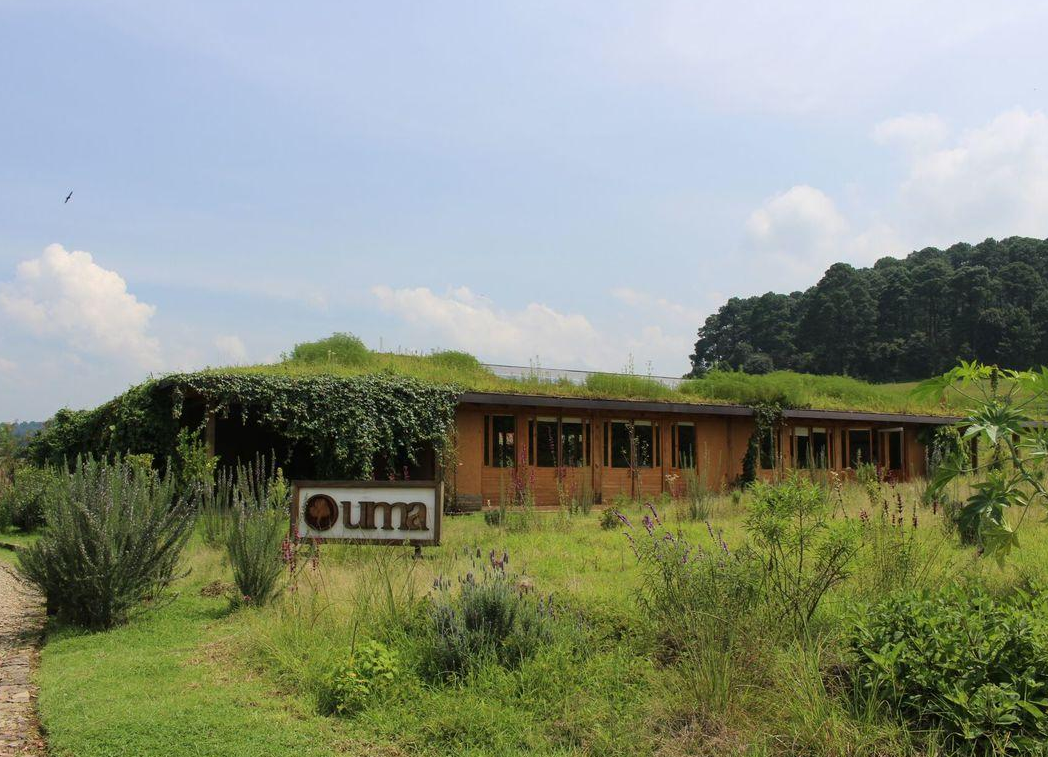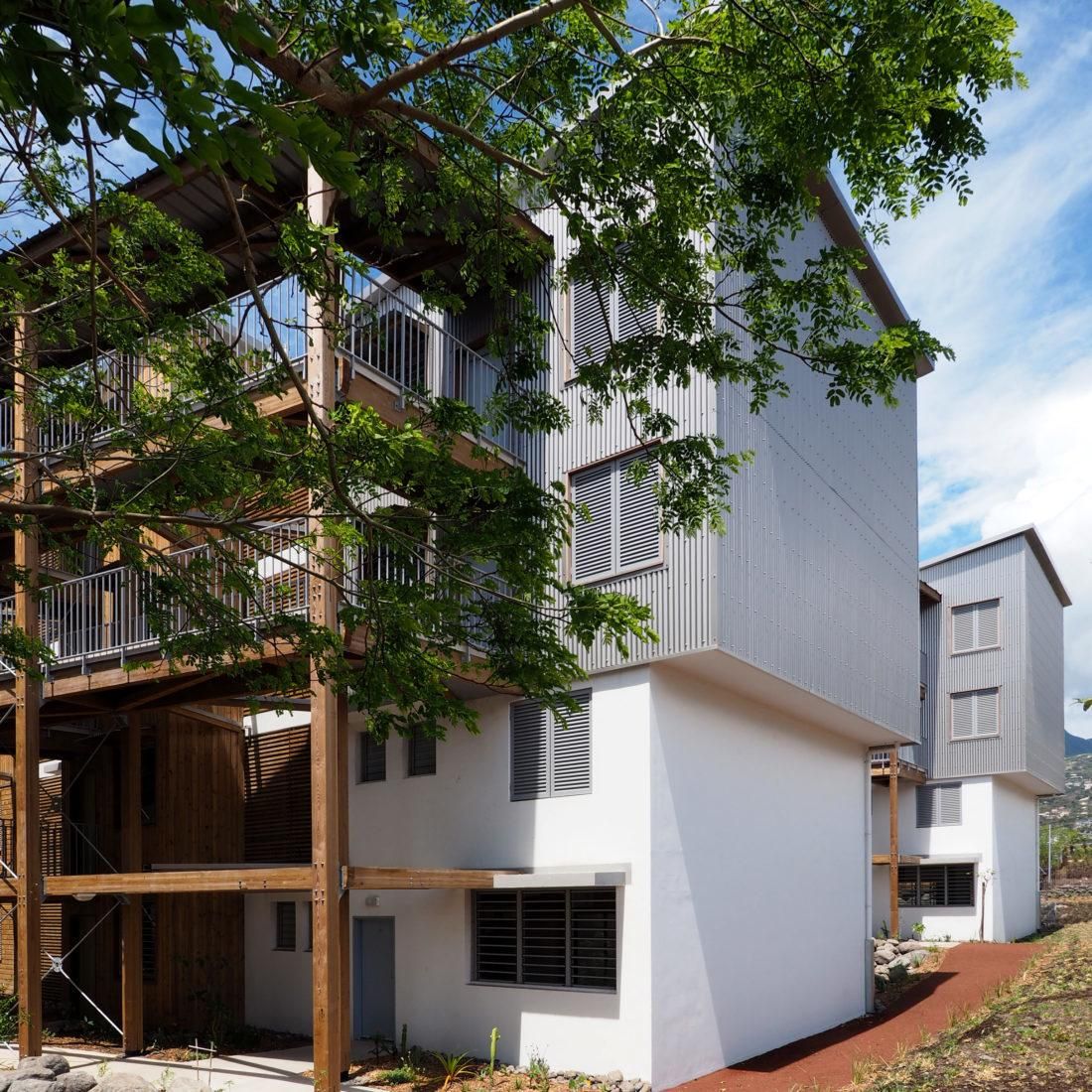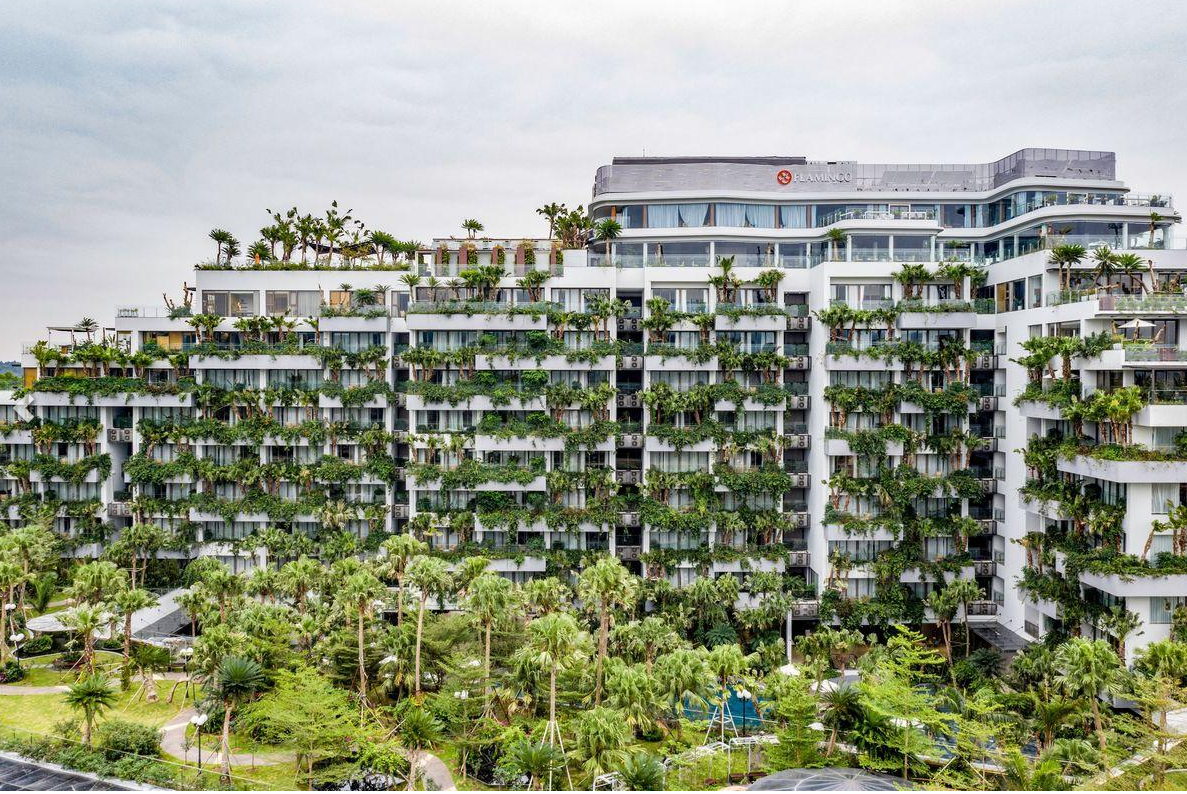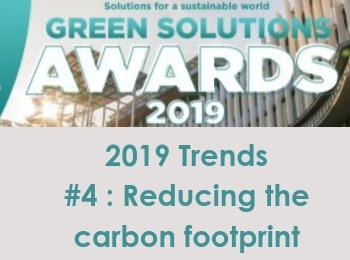GSA 2019 Trends #3 - When low-tech takes over
Construction21 - La rédaction
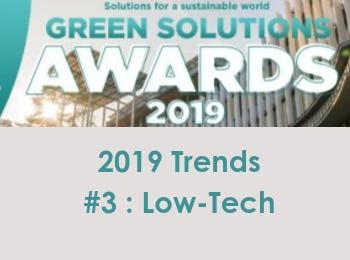
Low-tech is trendy in our Western societies, it is also trendy in the 2019 Green Solutions Awards to the point of competing with a major player in sustainable development: the passive. Explanation and discovery of case studies.
3.1. Frugality is a trend
Would the French manifesto for a positive frugality have had an immediate impact on the candidates for the Green Solutions Awards? It is difficult to say, but one thing is certain: it is part of a phenomenon that is already tangible and has been promoted for a long time by its signatories. It also probably gave the confidence that some initiatives lacked to present their project.
A first trend is the return of natural ventilation in temperate climates, particularly on unexpected projects, such as the social housing building in the Florestine residence, which also features highly innovative heating equipment. Only collective spaces for children are equipped with mechanical ventilation.
This frugal approach is also perceptible in buildings in hot climates and tropical climates. It is of course favoured by a search for energy efficiency, in order to replace air conditioning with natural ventilation, possibly relayed by air mixers or fans. The last-mentioned have been updated or explicitly highlighted in recent editions. They are an interesting alternative when an optimal bioclimatic design cannot be proposed, especially in renovation such as in AUDEG in French Guyana.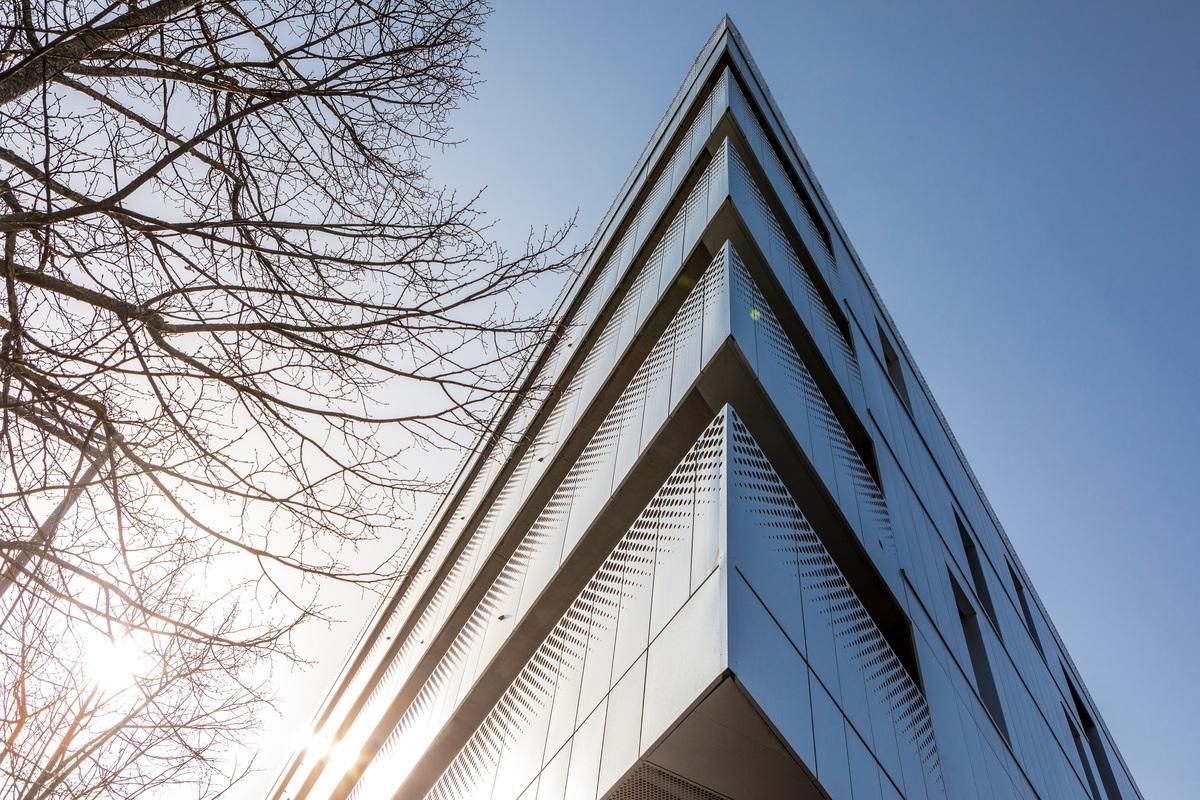
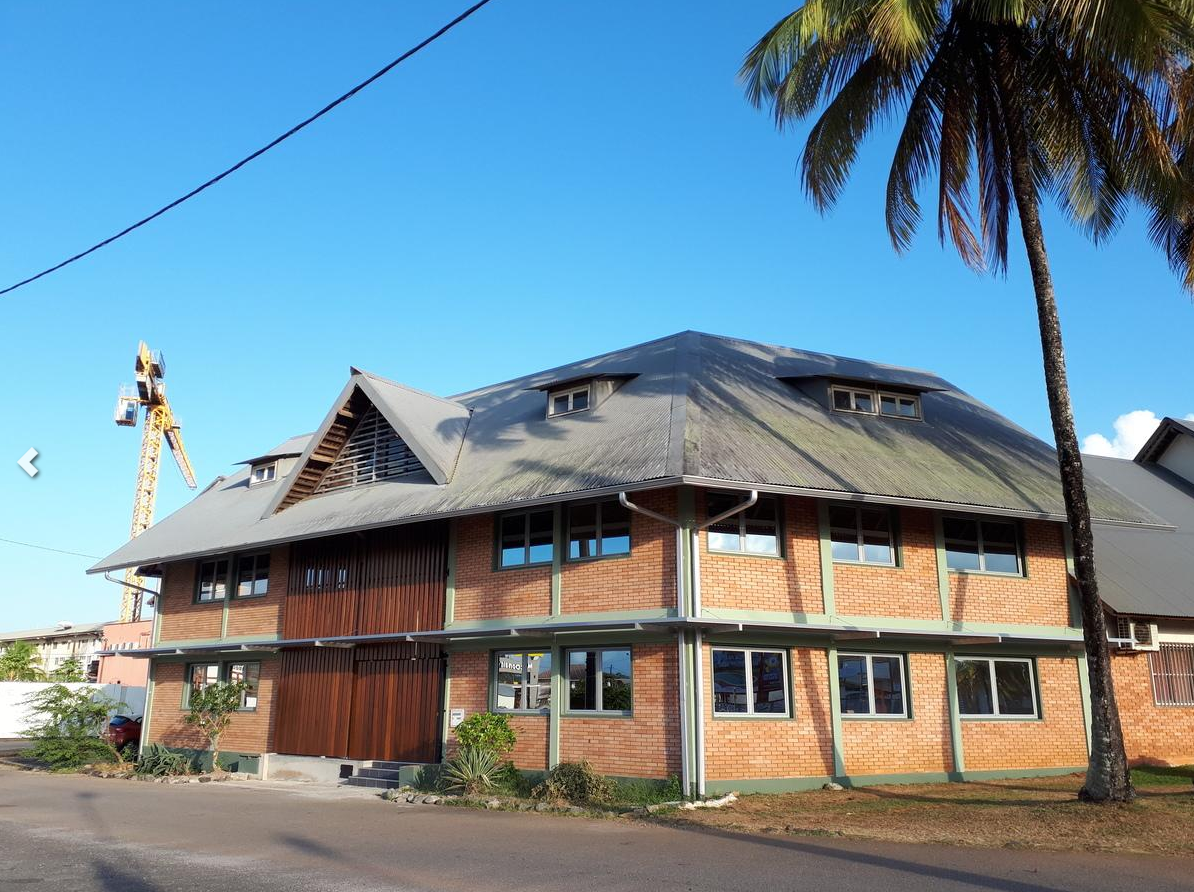
3.2. Passive building in all its forms
Passive buildings have been a source of inspiration in Europe for many years, and this year they are very international. The work on the envelope differs from country to country and several projects show that it is now possible to build passively for a very limited additional cost. The Alfaro Laif project in Mexico is therefore very innovative, not in the design of buildings, but because it is fully integrated into a project that is largely reproducible for the middle classes. In addition, the liabilities are also extended to non-residential buildings such as universities.
3.3. The ever-increasing presence of plants
Whether in temperate or hot climates, greening is in the spotlight in this edition of the Green Solutions Awards. Its functions are diverse and they are found both on and around buildings. The most striking example in a temperate climate is probably the positive energy vegetable city of the village of Montpezat sous Bauzon. The green roof allows the building to blend into the landscape while absorbing rainwater, while the grassed access road fulfills a triple safety function by forcing vehicles to slow down, freshness island in summer and absorption. A similar project exists in a hot climate, with the Universidad del Medio Ambiente located in Mexico, while the function of freshness island is taken over on a project in Reunion Island: Les Mahots.
In urban renovations, greening is presented as much as an island of freshness as it is a source of comfort for the occupants.
Previously present in projects of modest size or too particular to be identified as a trend, greening is now widespread. The proof is in Southeast Asia with various projects including Forest in the sky in Vietnam.




